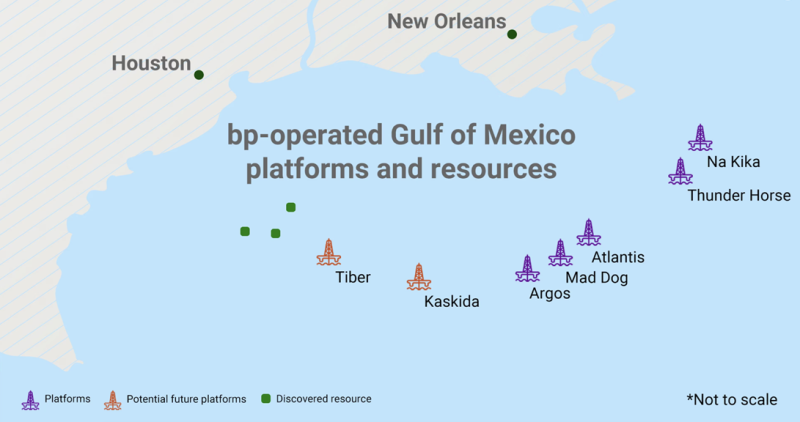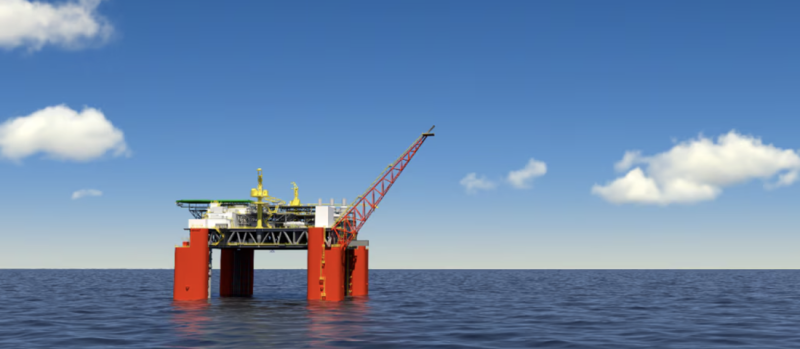BP has sanctioned its 20,000-psi Kaskida semisubmersible development in the deepwater US Gulf of Mexico (GOM), with first oil expected in 2029.
The supermajor announced on 30 July a final investment decision (FID) on the Kaskida project, which BP operates in Keathley Canyon Block 292 with 100% interest. The project targets recoverable resources estimated at 275 million BOE in the initial phase. BP said additional wells could be drilled in future phases and that the development unlocks the potential to develop 10 billion bbl of discovered resources in place in the GOM Paleogene’s Kaskida and Tiber catchment areas.
BP CEO Murray Auchincloss said during the company’s 30 July conference call discussing 2Q 2024 results that the Kaskida project would cost less than $5 billion.
When Kaskida was discovered in 2006, the production equipment required for the 20,000-psi field was not commercially available, so BP opted to wait until that changed before greenlighting the project. While Kaskida is BP’s first in the Paleogene, it marks BP’s sixth operated hub in the GOM, following the Argos, Atlantis, Mad Dog, Na Kika, and Thunder Horse developments.
Blueprint for Future Projects
In June, Seatrium announced it had received a letter of intent for early engineering work on the 20,000-psi production semisubmersible for the Kaskida project.
Part of BP’s strategy for Kasikda is to replicate existing platform and subsea equipment designs in future projects to drive cost efficiencies across Kaskida’s construction, commissioning, and operations.

“By employing an industry-led design solution, Kaskida will be simpler to construct and simpler to operate, enhancing safety and delivering greater value for BP,” Andy Krieger, BP’s senior vice president for GOM and Canada, said in a news release.
BP said advances in 20,000-psi technology coupled with updated seismic imaging are helping the company progress plans to develop other fields such as nearby Tiber in Keathley Canyon Block 102, which is expected to reach FID next year.
The Kaskida production semisubmersible is expected to have nameplate production capacity of 80,000 BOPD from six subsea wells in about 6,000 ft water depth in the first phase.


